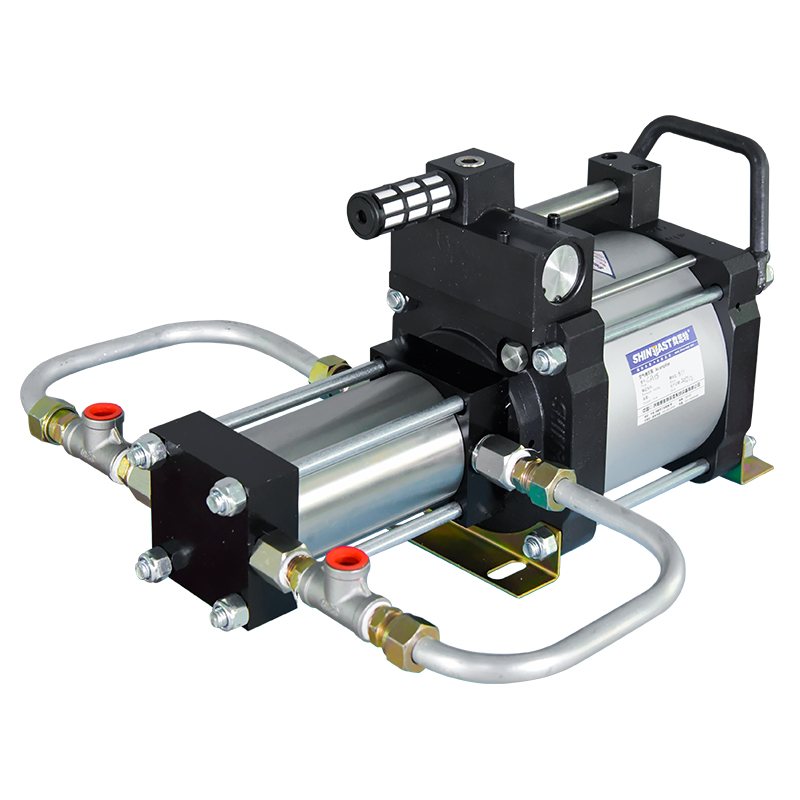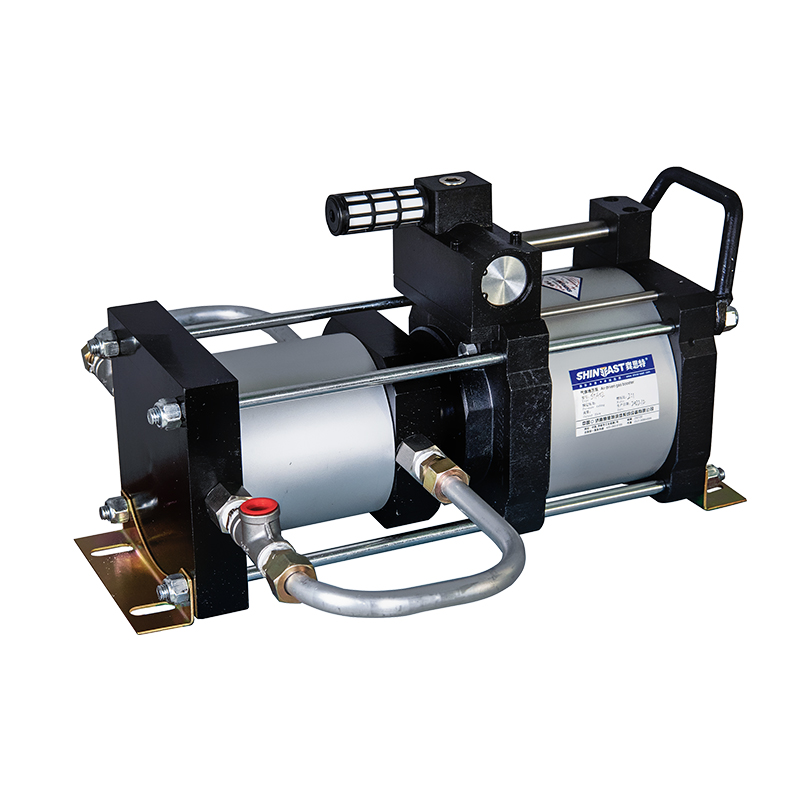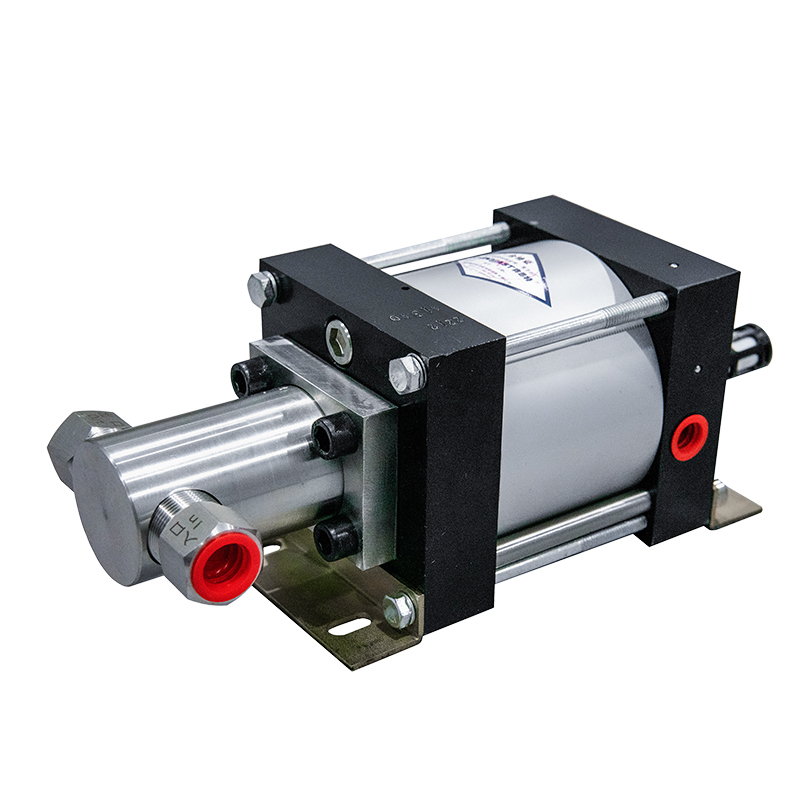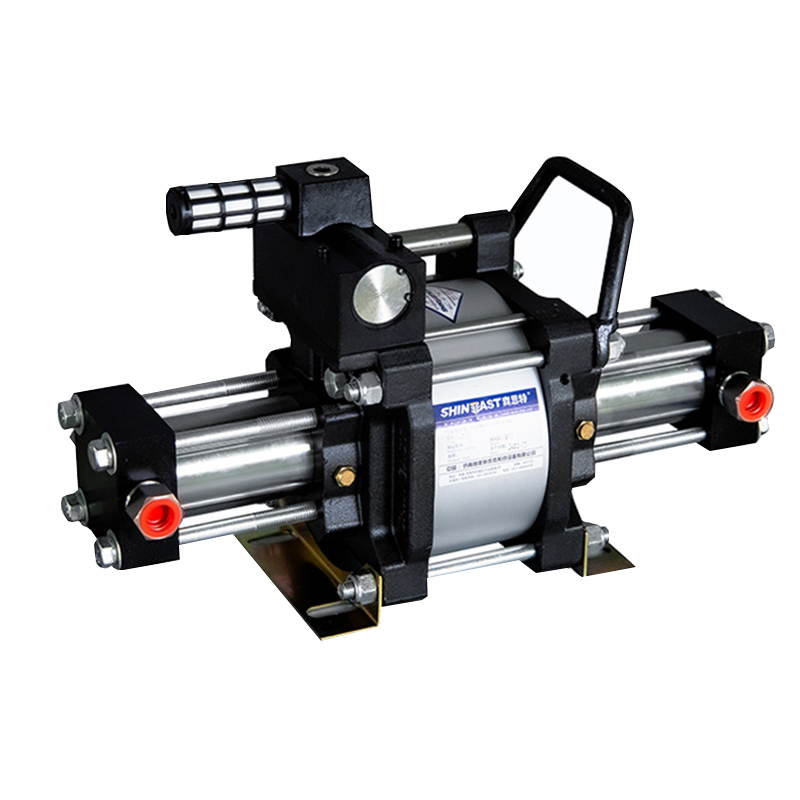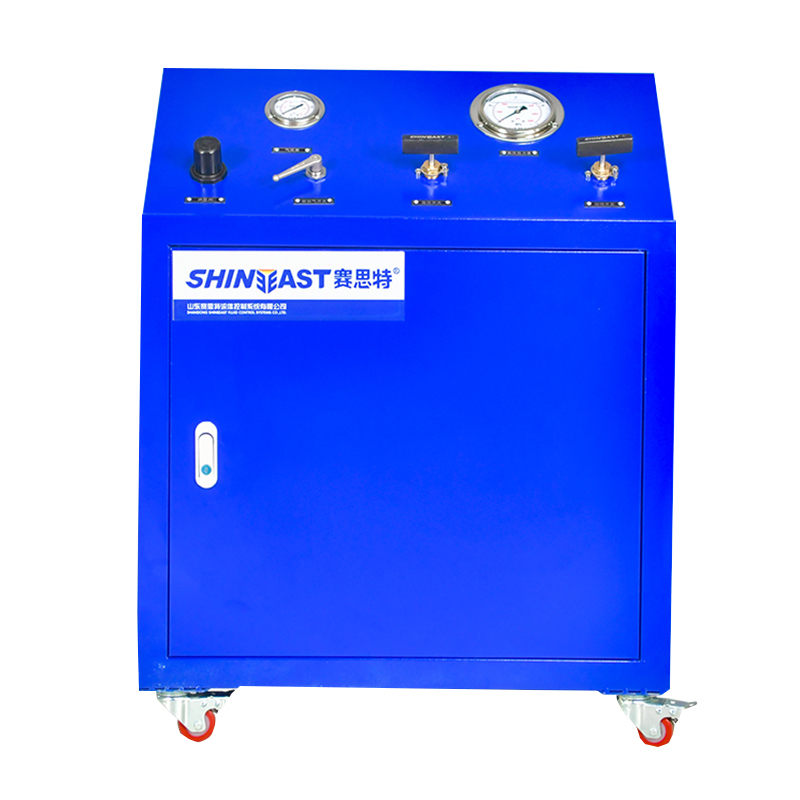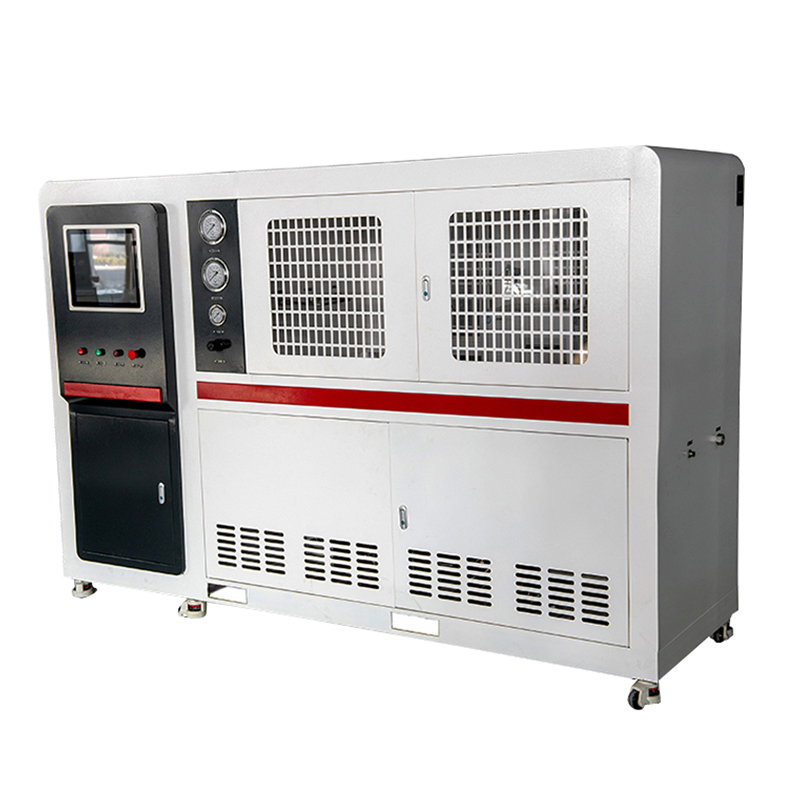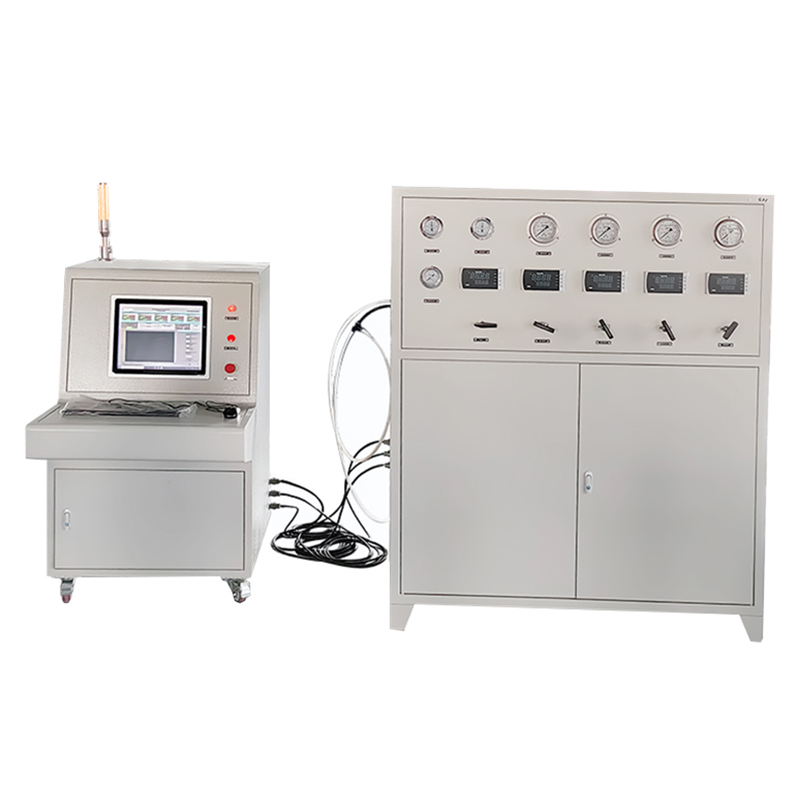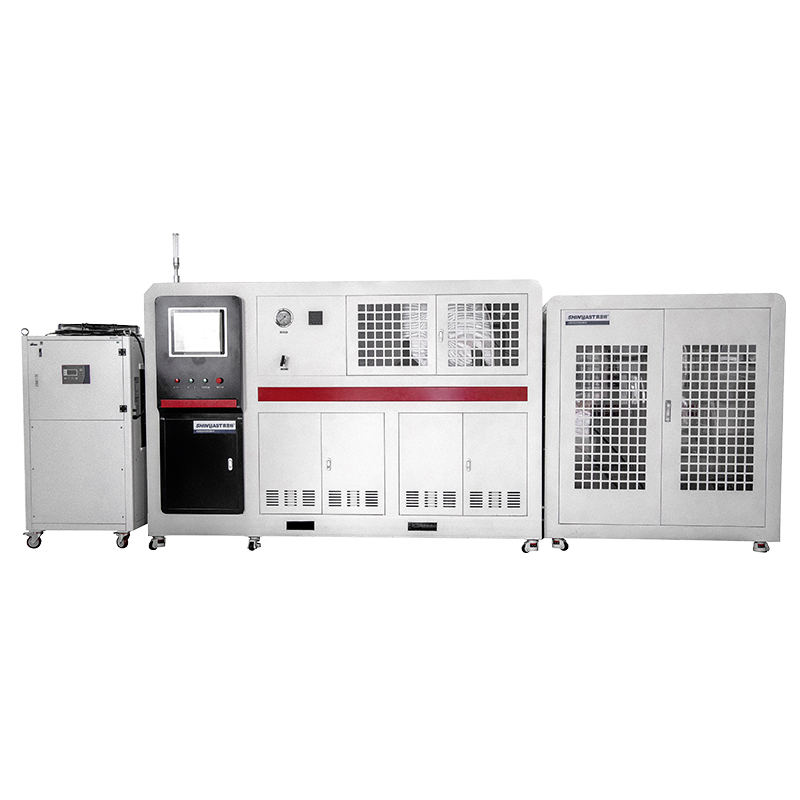Working characteristics of safety valve calibration bench equipment
A safety valve calibration bench is a device specifically designed to test and calibrate the performance of safety valves. A safety valve is an important device that plays a role in overpressure protection in equipment or pipeline systems. When the system pressure exceeds the set value, the safety valve will automatically open, releasing excess pressure and preventing danger in the system. Therefore, ensuring the stability and accuracy of the performance of the safety valve is crucial. Regularly using a safety valve calibration station to calibrate safety valves can effectively prevent safety accidents caused by valve failure and ensure the safe operation of industrial systems.
The main functions and features of the safety valve calibration station include:
1. Pressure testing: The calibration bench can simulate different working pressures to test the opening and closing performance of the safety valve under various pressure conditions, ensuring its reliability in actual operation.
2. Sealing test: When the safety valve is closed, the calibration bench can perform a sealing test to ensure that the safety valve will not leak under normal working pressure.
3. Action performance testing: Through the calibration bench, the opening pressure, reseating pressure, and action time of the safety valve can be tested to ensure that its various parameters meet the design requirements.
4. Data recording and analysis: Modern safety valve calibration stations are usually equipped with data recording and analysis systems, which can automatically record various parameters during the testing process, generate test reports, and facilitate subsequent analysis and archiving.
5. Compatible with multiple media: The calibration bench can adapt to different types of media testing, such as gases, liquids, etc., to meet the needs of various industrial fields.
PLC controlled safety valve calibration table
The safety valve test bench is a very simple, safe, accurate, and maintenance work inspection unit, used for adjusting the set pressure of various safety valves, detecting the overall set pressure, detecting the discharge pressure, testing the reseating pressure, evaluating the safety of their pressure, etc. Mainly used for testing and calibrating pressure/safety valves within a range of 0.5 "8" (DN-15 to 200mm) according to testing standards.
1. Pressure range: 0-480m pa Alternative options (gas pressure and water pressure)
2. Test media: air, nitrogen, oxygen, etc.
3. Test valve diameter: options are DN15-DN400
4. Pressure control accuracy: less than 1% F.S;
5. Pressure measurement accuracy: 0.4 pressure gauge (optional higher pressure level);
6. Tightening method: Hydraulic cylinder tightening;
7. Station interface types: spiral and flange
8. Range of clamping force output: 0 to 50 tons;
9. Power supply voltage: 50Hz-60Hz, 220V/380V as an option
10. Size: 1500 × 1200 × 900 millimeters (machine)+1500 × 800 × 800 millimeters (tightening device)
The hydraulic clamping device adopts a unique fast clamping design. Valves can be installed without tools or wrenches. Quick clamp and release valves, movable edge handling and clamp valves, easy to operate control panel. The safety valve calibration bench is widely used in industries such as petroleum, chemical, power, metallurgy, etc. It can ensure the stable and reliable performance of safety valves, thereby ensuring the safety of equipment and personnel. The following are the basic steps for using a safety valve calibration bench:
1. Preparation: Connect the safety valve to the testing interface of the calibration bench and ensure a tight and leak free connection.
2. Set test parameters: Set test pressure, temperature, and other parameters as needed.
3. Conduct testing: Start the calibration bench and conduct pressure, sealing, and performance tests.
4. Record data: Test data is automatically recorded through the verification platform's system.
5. Analysis results: Generate a report based on test data to analyze whether the performance of the safety valve meets the requirements.
The main functions and features of the safety valve calibration station include:
1. Pressure testing: The calibration bench can simulate different working pressures to test the opening and closing performance of the safety valve under various pressure conditions, ensuring its reliability in actual operation.
2. Sealing test: When the safety valve is closed, the calibration bench can perform a sealing test to ensure that the safety valve will not leak under normal working pressure.
3. Action performance testing: Through the calibration bench, the opening pressure, reseating pressure, and action time of the safety valve can be tested to ensure that its various parameters meet the design requirements.
4. Data recording and analysis: Modern safety valve calibration stations are usually equipped with data recording and analysis systems, which can automatically record various parameters during the testing process, generate test reports, and facilitate subsequent analysis and archiving.
5. Compatible with multiple media: The calibration bench can adapt to different types of media testing, such as gases, liquids, etc., to meet the needs of various industrial fields.
PLC controlled safety valve calibration table
The safety valve test bench is a very simple, safe, accurate, and maintenance work inspection unit, used for adjusting the set pressure of various safety valves, detecting the overall set pressure, detecting the discharge pressure, testing the reseating pressure, evaluating the safety of their pressure, etc. Mainly used for testing and calibrating pressure/safety valves within a range of 0.5 "8" (DN-15 to 200mm) according to testing standards.
1. Pressure range: 0-480m pa Alternative options (gas pressure and water pressure)
2. Test media: air, nitrogen, oxygen, etc.
3. Test valve diameter: options are DN15-DN400
4. Pressure control accuracy: less than 1% F.S;
5. Pressure measurement accuracy: 0.4 pressure gauge (optional higher pressure level);
6. Tightening method: Hydraulic cylinder tightening;
7. Station interface types: spiral and flange
8. Range of clamping force output: 0 to 50 tons;
9. Power supply voltage: 50Hz-60Hz, 220V/380V as an option
10. Size: 1500 × 1200 × 900 millimeters (machine)+1500 × 800 × 800 millimeters (tightening device)
The hydraulic clamping device adopts a unique fast clamping design. Valves can be installed without tools or wrenches. Quick clamp and release valves, movable edge handling and clamp valves, easy to operate control panel. The safety valve calibration bench is widely used in industries such as petroleum, chemical, power, metallurgy, etc. It can ensure the stable and reliable performance of safety valves, thereby ensuring the safety of equipment and personnel. The following are the basic steps for using a safety valve calibration bench:
1. Preparation: Connect the safety valve to the testing interface of the calibration bench and ensure a tight and leak free connection.
2. Set test parameters: Set test pressure, temperature, and other parameters as needed.
3. Conduct testing: Start the calibration bench and conduct pressure, sealing, and performance tests.
4. Record data: Test data is automatically recorded through the verification platform's system.
5. Analysis results: Generate a report based on test data to analyze whether the performance of the safety valve meets the requirements.
CONTÁCTENOS
Utilice el siguiente formulario para ponerse en contacto.
Si necesita una respuesta nos pondremos en contacto lo antes posible.

